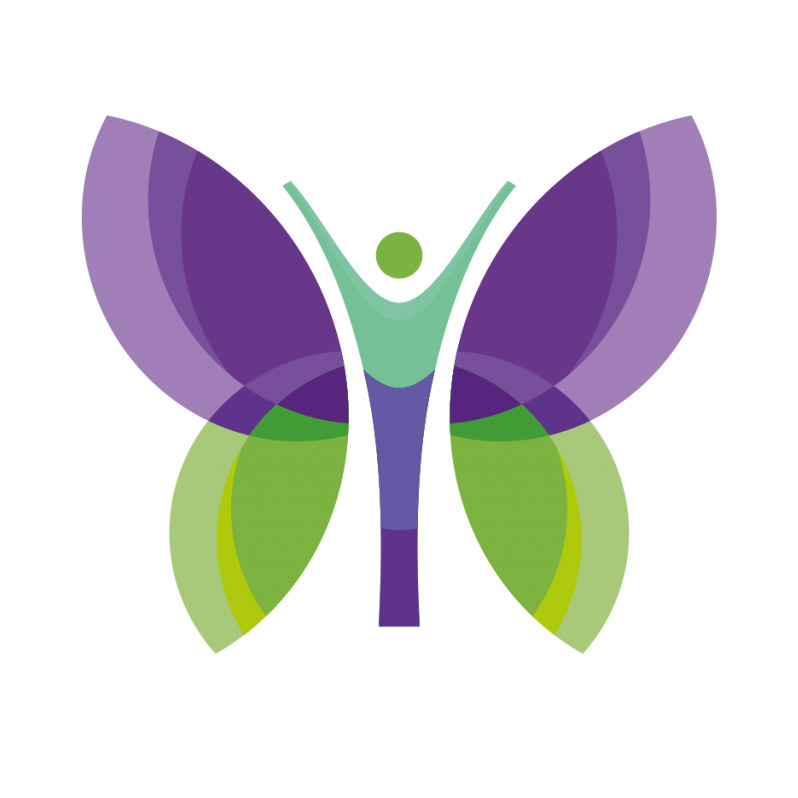Dear Lupus Europe members,
The theme for this year’s World Lupus Day is “Tame your wolf – Tame your lupus”.
We were delighted to be able to ask Leslie Quagraine, a fellow lupus sufferer, if he could produce the artwork for our campaign. Leslie was born in London but is a long-time resident in Finland. He has been a freelance illustrator for 37 years.
Here is what Leslie has to say about his involvement in this project:
“The two symbols associated with lupus, latin for wolf, are the wolf and the butterfly. Although the rash across many a lupus sufferer’s face is an unwanted symptom, its butterfly shape has become a symbol associated with the care of the disease.
The young woman in the poster is determined to control her lupus/wolf, with the support of a squadron of butterflies. The variety of butterflies indicate that symptoms and treatments differ from patient to patient.”
With this campaign we hope to be able, not only to increase awareness, but also to promote better management of people’s lupus and a feeling of empowerment. The idea of taming the wolf is a strong message that it is possible to actively participate in our care and tame our disease.




